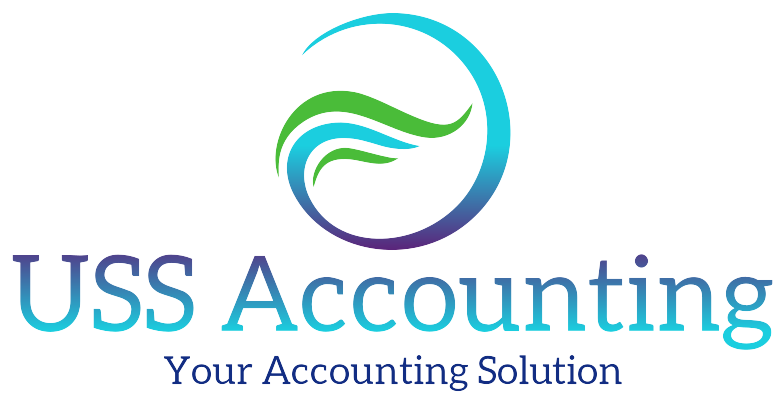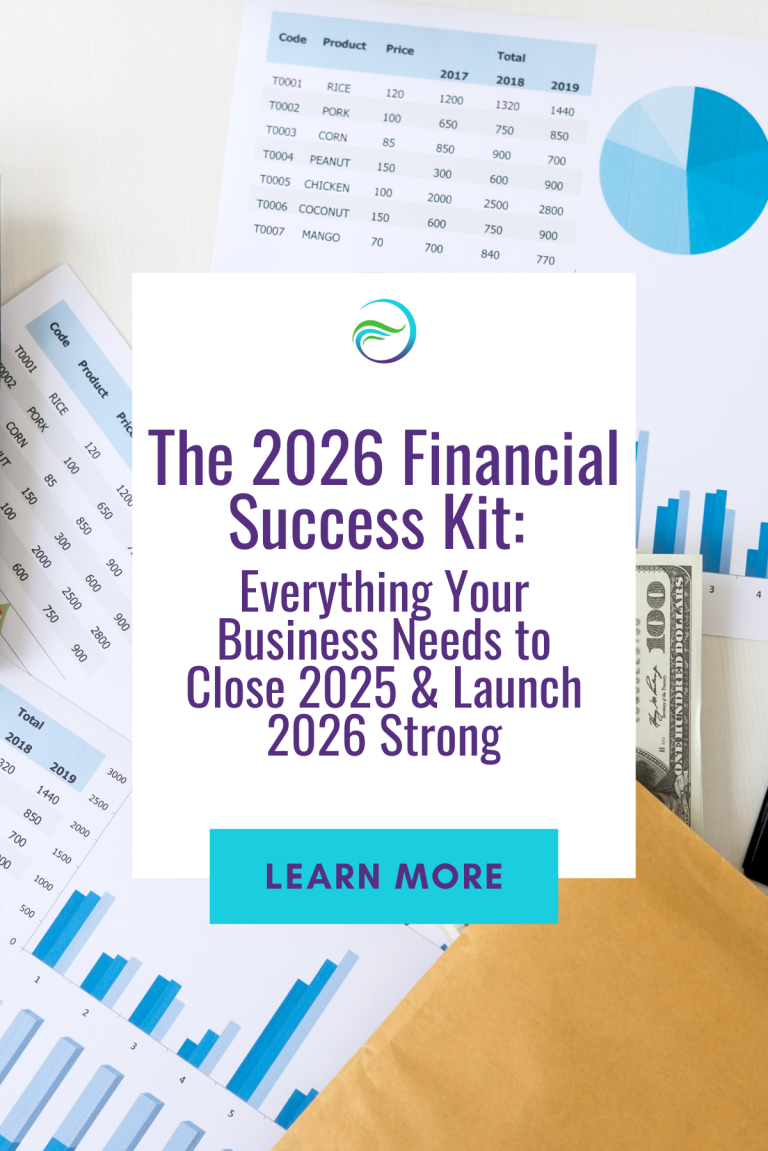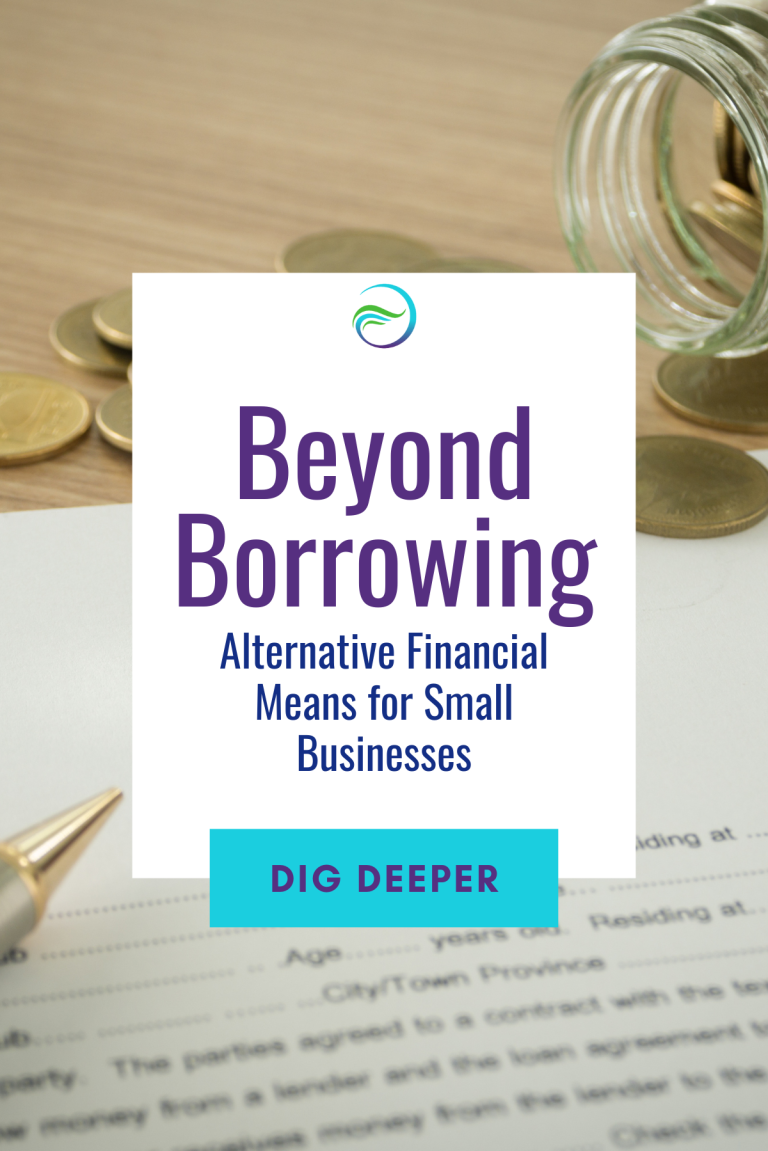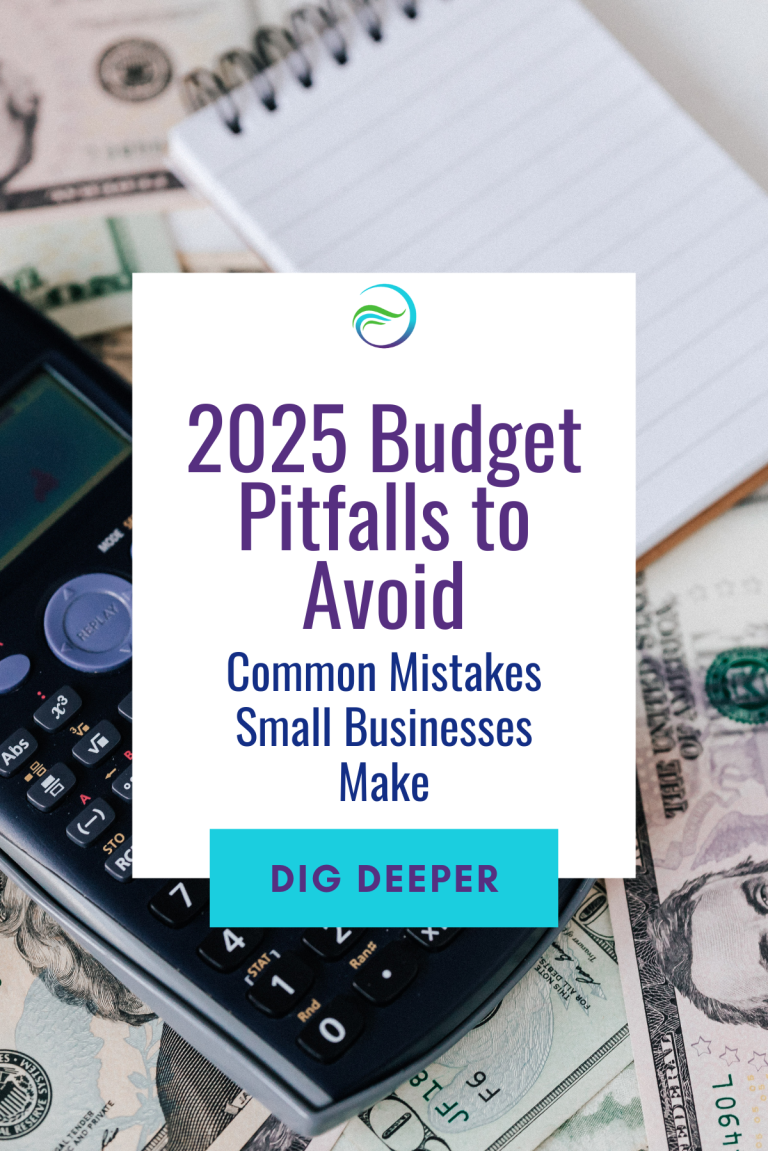
Budgeting is more than a numbers game; it’s the roadmap that will guide your business through 2025. For small business owners, each budgeting decision shapes the path toward profitability or struggle. And while a strong budget might seem like just a plan, the right one serves as both shield and guide, preparing your business for growth and resilience in a changing economy.
Consider Sarah, who launched her consulting firm last year. Her goal was to drive growth fast, but she often found herself navigating unexpected expenses and wondering why profitability seemed out of reach. Her initial budget had been ambitious but lacked the clarity and flexibility needed to handle real-world demands.
Through trial and error, Sarah learned that a good budget doesn’t just set financial target, it aligns with realistic goals, adjusts with changing conditions, and supports sustainable growth. Here’s how small business owners like Sarah can approach budgeting to build a profitable 2025.
Prioritize Realistic Goals Over Ambitious Projections
At the heart of effective budgeting lies setting achievable goals. Sarah initially based her projections on high growth estimates, expecting clients to flood in consistently. But she soon learned that sustainable growth requires conservative revenue estimates and realistic expense tracking.
Start with your core goals for the year. Are you looking to expand your product line, hire staff, or invest in new technology? Prioritize a few key objectives and allocate budget towards these areas. Then, use historical data and industry averages to forecast revenue. Underestimating slightly can leave you with a cushion if income fluctuates or expenses rise unexpectedly.
Allocate Resources Toward ROI-Driven Investments
Budgeting isn’t just about tracking what’s coming in and going out; it’s about investing in areas that deliver the most value. For Sarah, that meant putting a larger slice of her budget into customer retention strategies. She knew retaining clients was cheaper than constantly acquiring new ones, and investing in client satisfaction would secure her revenue.
Look at which aspects of your business yield the highest return on investment (ROI) and allocate resources accordingly. Whether it’s marketing, training, or new tools that improve efficiency, focus on areas with proven impact. Smart allocations like this help stretch every dollar toward long-term profitability.
Build Flexibility with a Contingency Plan
In the unpredictable world of small business, flexibility can make or break a budget. Sarah learned this when unexpected legal fees drained her finances. A strong budget includes contingency funds for surprises. Ideally, set aside around 5-10% of your total budget to cover unexpected costs.
A flexible budget lets you pivot without compromising other goals. By planning for contingencies, you’re prepared to handle surprise expenses without derailing your larger objectives.
Commit to Regular Budget Reviews
Budgets aren’t “set it and forget it.” Regularly reviewing your budget can reveal trends, highlight areas of overspending, or show new growth opportunities. Sarah started a monthly review process, and by Q2, she’d identified ways to reduce operational costs that increased her profit margin.
Schedule budget reviews at least quarterly. Regular assessments keep you informed, helping you make timely adjustments to maximize profit and minimize waste.
Budgeting for 2025 is about more than setting numbers
It’s about designing a financial framework that lets your business thrive. Approach your budget as a living, breathing tool that adapts to challenges and opportunities as they arise.
Ready to build a budget that drives real profit?
Connect with USS Accounting today for a free consultation, and let’s map out your 2025 success story.






